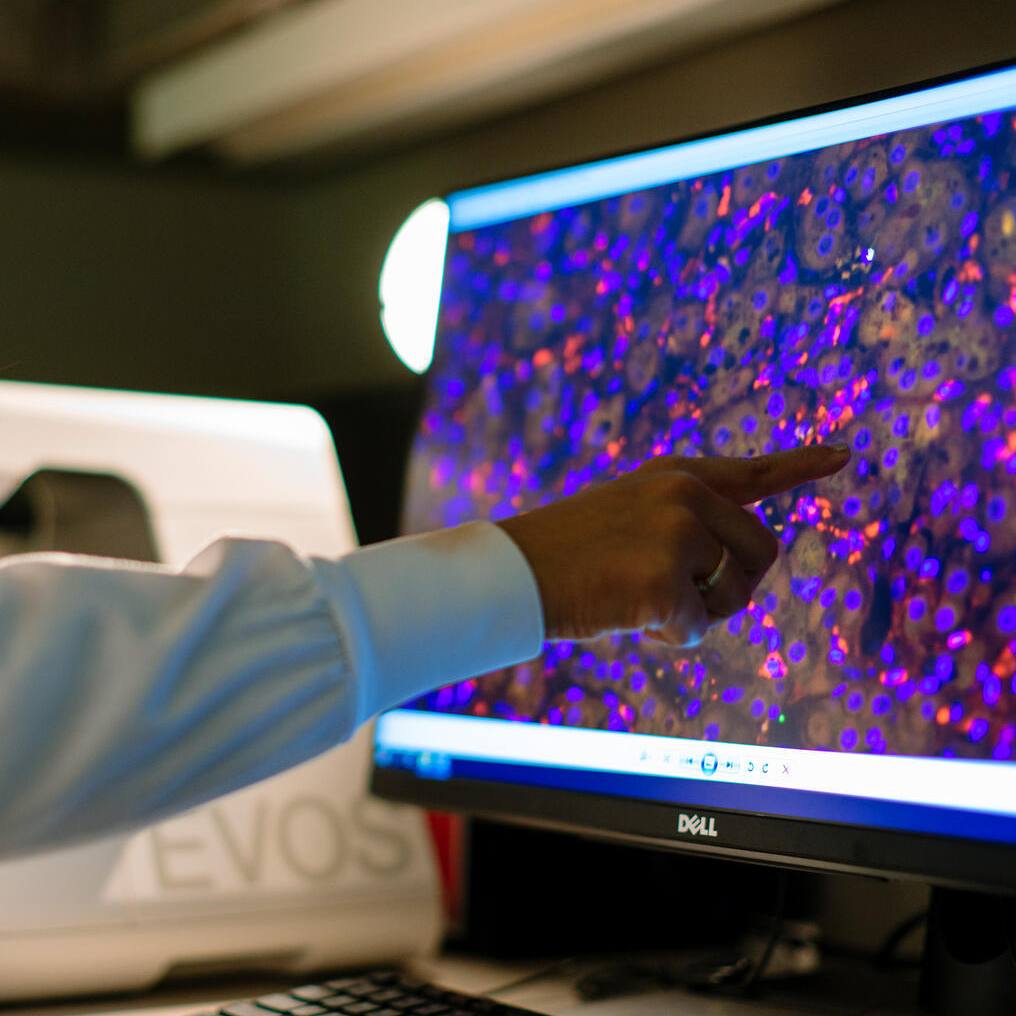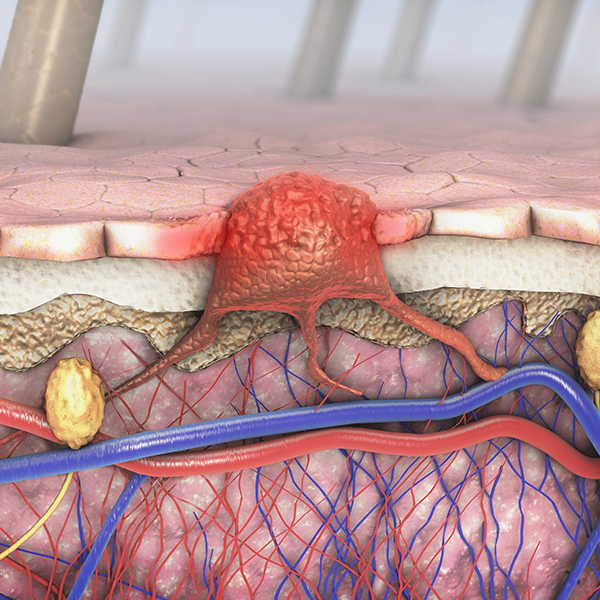It's estimated that 1 in 8 women will be diagnosed with breast cancer in her lifetime and 1 in 39 women will die from breast cancer. It's the most diagnosed cancer among women in the U.S., and it's now the most common cancer globally.
That's why regular breast cancer screening is so important, says Dr. Christine Klassen, a Mayo Clinic Breast Clinic physician.
Watch The Mayo Clinic Minute.
Journalists: Broadcast-quality video pkg (1:06) is in the downloads at the end of the post. Please courtesy: "Mayo Clinic News Network." Read the script.
"We recommend women start screening on an annual basis at the age of 40," says Dr. Klassen.
And that screening is the mammogram, which begins primarily with breast compression. Dr. Klassen explains the process.
"Once the breast is compressed, we'll do an X-ray, looking at the breast tissue, and they'll do that both kind of an up-and-down orientation as well as a side-to-side orientation to make sure that we include all of the breast tissue up into the armpit and back to the chest wall."
You will need to hold your breath during each image capture, but those few seconds can yield some important results.
"Mammograms can pick up very tiny tumors that are deep within the breast," she says.
When it comes to cancer, early diagnosis is crucial.
"We know that screening mammograms can reduce breast cancer mortality," says Dr. Klassen. "And we know that if you get routine screening mammograms, you're more likely to be diagnosed at an early stage, where the treatments are going to be less severe and the survival outcomes are going to be over 90%."
Check your breast cancer risk assessment.
Related posts:
- "Mayo Clinic Minute: Using targeted therapy to treat breast cancer."
- "Mayo Clinic researchers advocate new approach to breast cancer prevention."
- "Consumer Health: Breast cancer in men."
_______________________________________
For the safety of its patients, staff and visitors, Mayo Clinic has strict masking policies in place. Anyone shown without a mask was recorded prior to COVID-19 or recorded in an area not designated for patient care, where social distancing and other safety protocols were followed.







